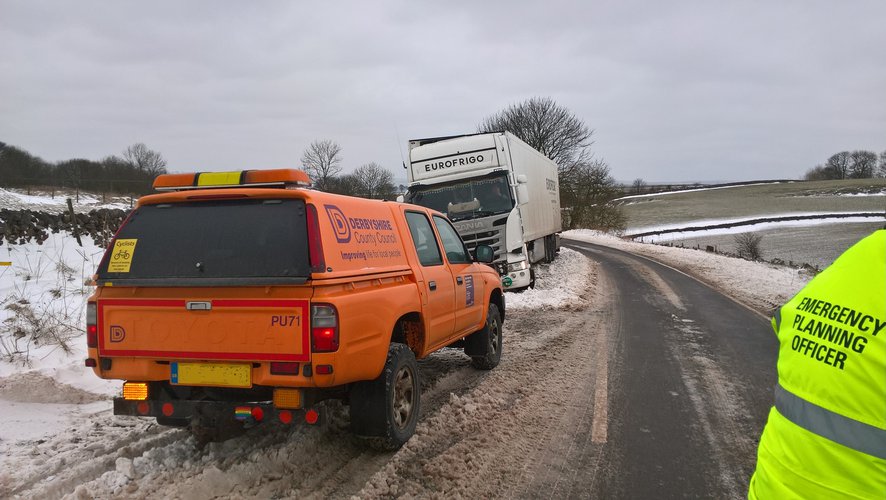We have plans in place to respond to severe weather. It doesn’t necessarily mean everything will run perfectly – but as far as possible we want to keep things running as normally as possible.
Extremes of weather can come in various forms from severe prolonged freezing, heavy and deep snow, summer heatwaves or gales and storms.
The Met Office has responsibility for warning you of severe or hazardous weather where it has the potential to cause danger to life or widespread disruption. They provide three types of warnings:
- Yellow warning
- Amber warning
- Red warning
Yellow warnings are issued for a range of weather situations. Many are when it is likely that the weather will cause some low level impacts, including some disruption to travel in a few places. Others are issued when there could be severe impacts to the majority of people but the certainty of is much lower.
Amber warnings are when there is an increased likelihood of impacts from severe weather. You should think about changing your plans and taking action to protect yourself and your property.
Red warnings are issued when dangerous weather is expected and, if you haven’t already done so, you should take action now to keep yourself and others safe from the impact of the severe weather.
Advice is available from the Met Office on how you can stay safe during severe weather in relation to travel, your health and wellbeing and your home.

Last updated: 3 Jul 2024, 2:13 p.m.